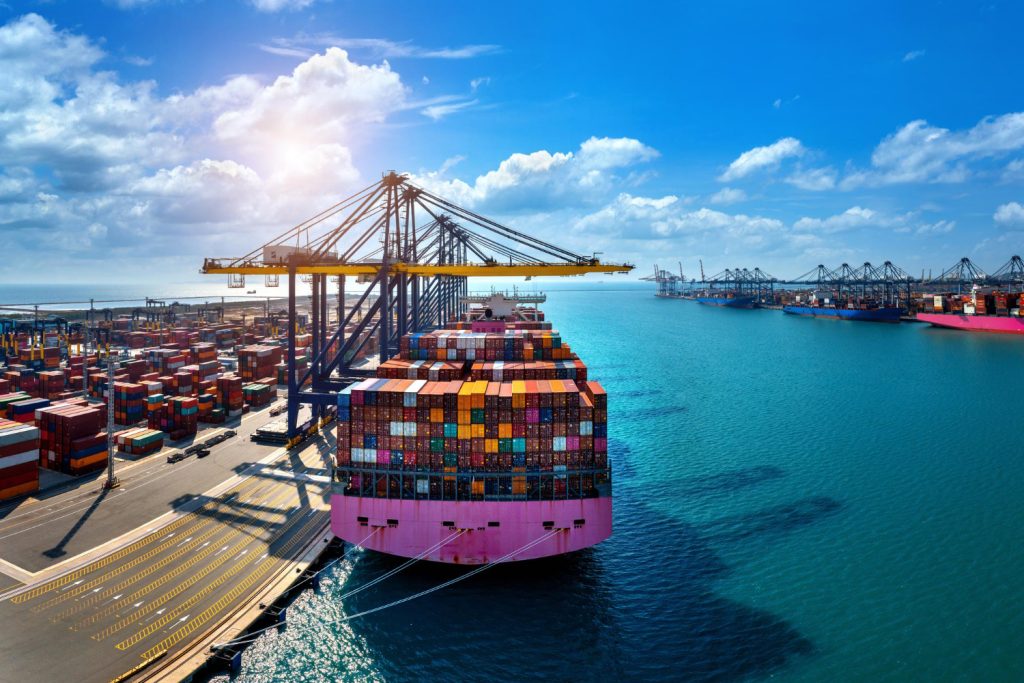As nearshoring continues to reshape supply chain strategies, companies are realizing that relocating final assembly is only part of the equation. Supply chain leaders are now focused on reinventing entire ecosystems – addressing upstream fragmentation, enhancing procurement strategies, and developing deeper relationships with tier-2 and tier-3 suppliers to achieve long-term resilience and sustainability.
In this second part of our 3-part nearshoring series, we explore how businesses are innovating upstream supply chain strategies as nearshoring evolves beyond assembly.
Investing in Tier-2 and Tier-3 Supplier Development
A key challenge in nearshoring lies in the complex, multi-tiered supply networks that often remain rooted in distant, low-cost regions. Raw materials, component suppliers, and service providers often remain far from nearshore hubs, creating new vulnerabilities in the supply chain.
To build truly resilient and responsive supply chains, leading organizations are investing significantly in tier-2 and tier-3 supplier development, particularly in regions where new manufacturing hubs are emerging.
For instance, companies like Apple and General Motors have begun strategically co-locating with upstream suppliers to enhance operational visibility and synchronization across the supply chain. These investments involve not only direct financial support but also knowledge transfer and process standardization, which help smaller suppliers ramp up their capabilities to meet the demands of nearshore operations.
By strengthening supplier relationships and capabilities at these lower tiers, companies can minimize disruption risks and create a more seamless, efficient flow of goods. This is particularly important when considering that many of the components used in nearshore manufacturing are still sourced from distant global suppliers.
Cluster Strategies: Building Localized Ecosystems
The traditional view of supply chain optimization is often limited to moving production closer to the end consumer. However, the next step is the creation of comprehensive regional clusters – ecosystems of logistics hubs, manufacturing plants, and digital infrastructure that function synergistically.
A prime example of this strategy is unfolding in Mexico, where manufacturers like Foxconn, Tesla, and BMW are establishing sophisticated regional ecosystems that incorporate both upstream and downstream operations. These clusters offer more than just cost savings; they provide streamlined logistics, better access to raw materials, and robust digital tools that allow for real-time monitoring and predictive analysis.
These localized hubs are also becoming highly attractive to suppliers who are looking to stay close to high-demand manufacturing centers. By positioning themselves within a network of complementary businesses, suppliers can benefit from shared infrastructure, such as warehousing, transportation, and even joint R&D efforts, all within a relatively small geographic area.
In Eastern Europe and Morocco, the same strategy is taking shape, with clusters emerging around industries like automotive, electronics, and consumer goods. These regions, often under the radar for many global supply chains, are now attracting multinational companies seeking efficient, well-connected manufacturing ecosystems that can adapt to shifting global demand patterns.
Procurement, ESG, and Long-Term Strategy
The development of nearshore ecosystems introduces a host of considerations for procurement teams. Traditionally, procurement strategies have been built around optimizing cost and efficiency, but today’s leaders must balance these goals with increased flexibility and resilience.
In response, procurement strategies are evolving to prioritize supplier stability and agility over just price. Multi-year, long-term contracts are becoming more common as organizations seek to establish more stable relationships with key suppliers within these nearshore clusters. This creates win-win situations, where suppliers are incentivized to invest in their own capabilities, knowing that their client is committed to long-term collaboration.
Moreover, these shifts are deeply tied to Environmental, Social, and Governance (ESG) goals. As companies work to reduce their carbon footprints, nearshoring to well-connected, sustainable ecosystems can help minimize transportation emissions. But the impact goes further: many of these clusters prioritize social governance, with a focus on creating local job opportunities, ensuring fair labor practices, and investing in workforce development programs.
The integration of ESG goals into nearshore ecosystems is particularly visible in the automotive and electronics sectors, where companies like BMW and Nvidia are incorporating sustainability metrics directly into supplier contracts. These efforts not only help businesses meet increasingly stringent regulatory demands but also support long-term supply chain stability in a rapidly evolving global market.
Building Resilience Through Strategic Ecosystems
As nearshoring evolves, it is clear that success will depend not just on moving assembly closer to market, but on creating robust, interconnected ecosystems that span across all tiers of the supply chain. The strategic development of these ecosystems, including investment in tier-2 and tier-3 suppliers and the formation of regional clusters, will enable businesses to better manage risk, increase operational efficiency, and ultimately build resilience.
For supply chain leaders, the challenge is not simply about reducing geographical distance, but about fostering deeper, more collaborative relationships with suppliers to ensure that the entire ecosystem works in harmony to support long-term success.








